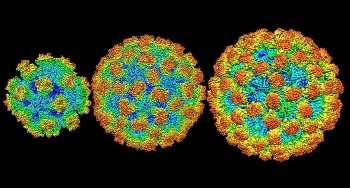Top 10 Most Common Diseases in India
10 Most Common Diseases in India
Worldwide, the lack of clean water for drinking, cooking and washing, and the lack of sanitary waste disposal are to blame for over 12 million deaths a year, say researchers. About 1.2 billion people are at risk because they lack access to safe fresh water. India too has its share of infectious epidemics; and though mortality owing to these is decreasing, it is a significant part of the disease burden our society carries.
The disease burden is high in India, for obvious reasons like poor sanitation, lack of access to fresh water, poor hygiene, etc., which are common in the most developing countries. Though exact dependable statistics are not available, a good percentage of cases go unreported. Secondly, ‘infection is not recognized till it becomes symptomatic.'
1. Malaria
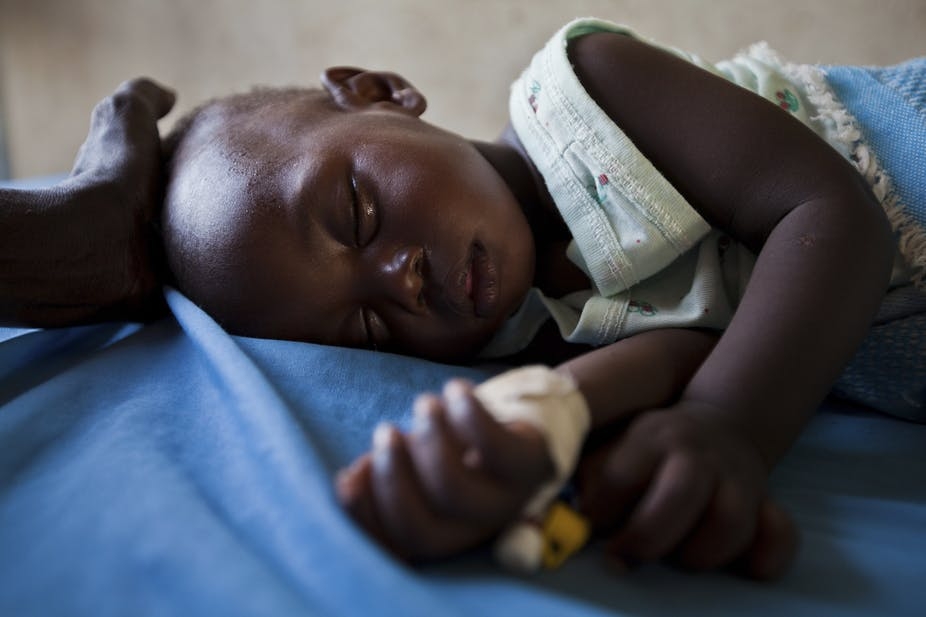 |
| Malaria is one of the biggest contributors to mortality in India (Photo: Africa News Plus) |
Malaria is a very common disease in developing countries. The word malaria is derived from the word ‘mal-aria meaning bad air. Ronald Ross first discovered the transmission of malaria by mosquitoes, while he was working in India (Secunderabad, AP) in 1897. Malaria is one of the most widespread diseases in the world.
Among all infectious diseases, malaria continues to be one of the biggest contributors to disease burden in terms of deaths and suffering. Malaria kills more than one million children a year in the developing world, accounting for about half of malaria deaths globally. The risk of getting malaria extends to almost the entire population in India (almost 95 percent).
| According to the latest World malaria report, released on 30 November 2020, there were 229 million cases of malaria in 2019 compared to 228 million cases in 2018. The estimated number of malaria deaths stood at 409 000 in 2019, compared with 411 000 deaths in 2018. The WHO African Region continues to carry a disproportionately high share of the global malaria burden. In 2019, the region was home to 94% of all malaria cases and deaths. In 2019, 6 countries accounted for approximately half of all malaria deaths worldwide: Nigeria (23%), the Democratic Republic of the Congo (11%), United Republic of Tanzania (5%), Burkina Faso (4%), Mozambique (4%) and Niger (4% each). Children under 5 years of age are the most vulnerable group affected by malaria; in 2019 they accounted for 67% (274 000) of all malaria deaths worldwide, as cites WHO. |
2. Typhoid
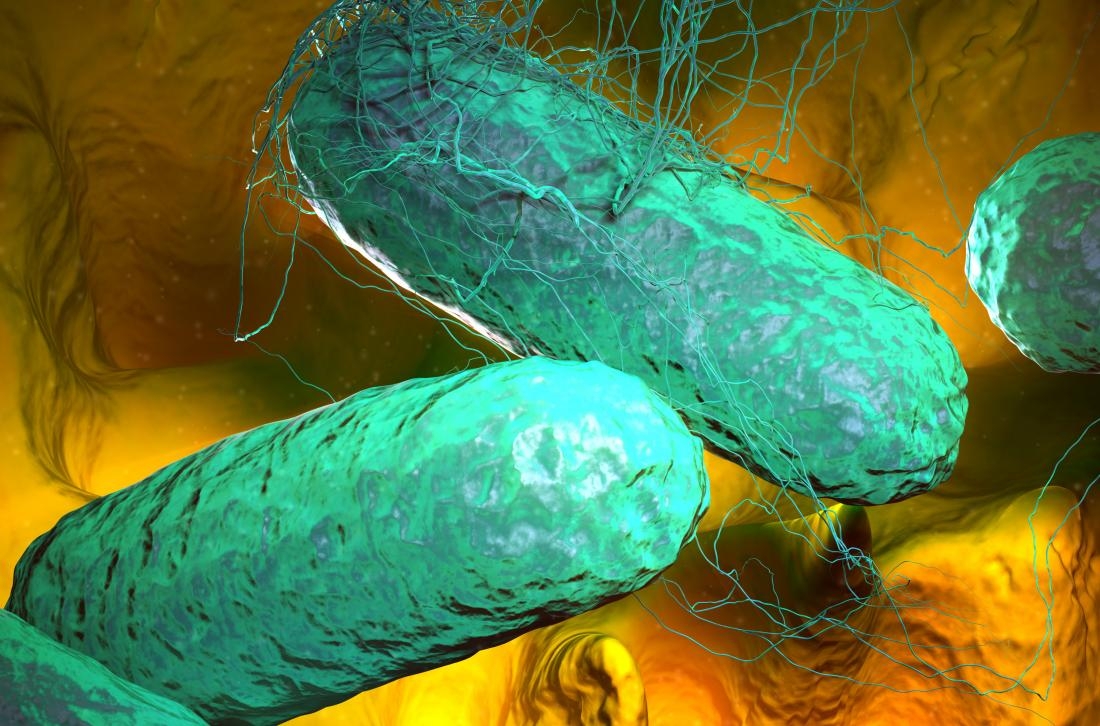 |
| Photo: Medical News Today |
Typhoid fever is an acute, systemic infection presenting as fever with abdominal symptoms, caused by Salmonella typhi and paratyphi. Before nineteenth century, typhus and typhoid fever were considered to be the same. Enteric fever is an alternative name for typhoid. Salmonella typhi and paratyphi colonise only humans.
The organisms are acquired via ingestion of food or water, contaminated with human excreta from infected persons. Direct person-to-person transmission is rare. Typhoid is a global health problem. It is seen in children older than the age of one.
| Indian Statistics Typhoid fever is endemic in India. Health surveys conducted by the Central Ministry of Health in the community development areas indicated a morbidity rate varying from 102 to 2,219 per 1, 00,000 population in different parts of the country. A limited study in an urban slum showed 1 percent of children up to 17 years of age suffer from typhoid fever every year. |
3. Hepatitis
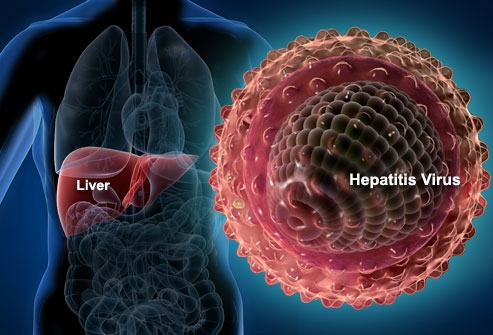 |
| Photo: Webmd |
Hepatitis is the inflammation of liver. It can be caused by viruses (five different viruses— termed A, B, C, D and E cause viral Hepatitis), bacterial infections, or continuous exposure to alcohol, drugs, or toxic chemicals, such as those found in aerosol sprays and paint thinners, or as a result, of an auto-immune disorder.
Hepatitis results in either damage or reduction in the livers ability to perform life-preserving functions, including filtering harmful, infectious agents from blood, storing blood sugar and converting it into usable energy forms, and producing many proteins necessary for life.
4. Jaundice
 |
| Photo: Medical News Today |
Jaundice, also known as icterus, is a condition, which is characterized by yellowish discolouration of the skin and whites of eyes. It is a symptom or clinical sign, not a disease by itself. The yellow colouration is caused by an excess amount of bile pigment known as bilirubin in the body. Normally, bilirubin is formed by the breakdown of haemoglobin during the destruction of worn-out red blood cells.
5. Leptospirosis
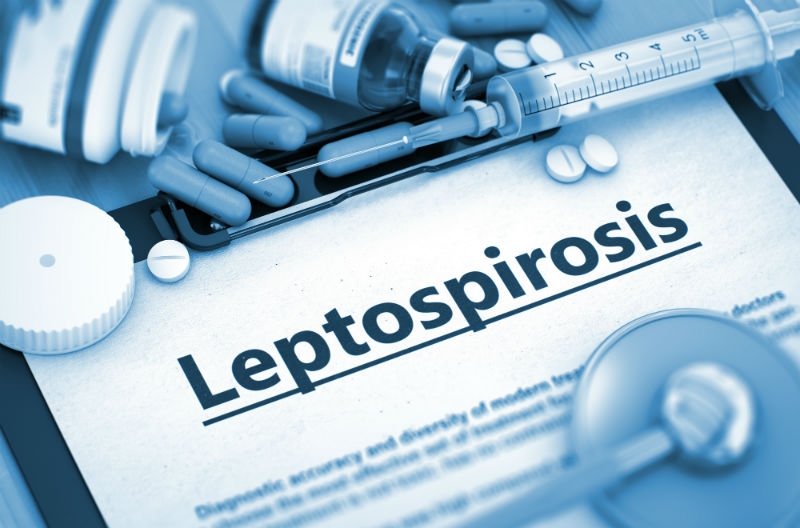 |
| Photo: VetCare Pet Hospital |
Leptospirosis is a disease caused by a type of bacteria and is associated with animals. It is more common in the tropical countries. The disease is also known as canefield fever; cani- cola fever, field-fever, mud fever, seven day fever and swineherd disease. Leptospirosis is caused by different strains of bacteria of the genus Leptospira. Of all the varieties that cause disease, Leptospira icterohaemorrhagiae is the most serious type.
If not treated properly, it could lead to serious complications. Leptospirosis is a disease of animals that can spread to humans. Rats are the most common carriers. Soil contaminated with urine of infected animals can also transmit the disease to persons exposed to cattle urine, rat urine or to foetal fluids from cattle. Sewage workers, agricultural workers, butchers, meat inspectors, workers in contact with contaminated waters and veterinarians are generally at risk.
| Leptospirosis occurs worldwide, but is most common in temperate or tropical climates. It is an occupational hazard for many people who work outdoors or with animals, according to CDC. - Farmers - Mine workers - Sewer workers - Slaughterhouse workers - Veterinarians and animal caretakers - Fish workers - Dairy farmers - Military personnel |
6. Diarrhoeal Diseases
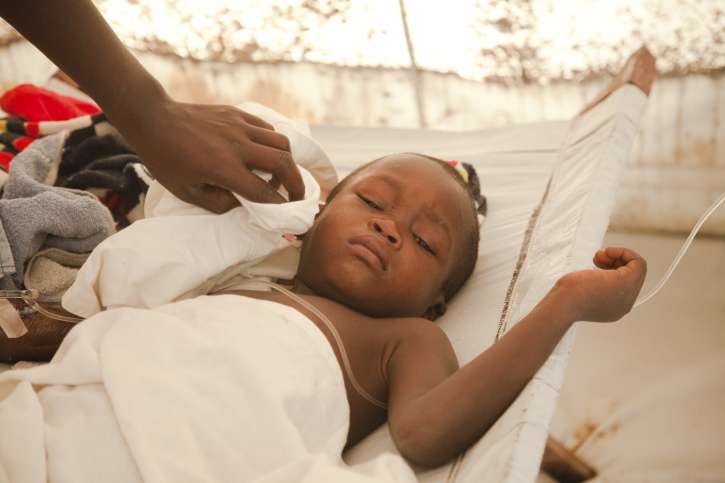 |
| Photo: Action Medeor |
The term gastroenteritis’ is most frequently used to describe acute diarrhoea. Diarrhoea is defined as the passage of loose, liquid or watery stools. These liquid stools are usually passed more than three times a day. The attack usually lasts for about 3 to 7 days, but may also last up to 10 to 14 days.
Diarrhoea is a major public health problem in developing countries. Diarrhoeal diseases cause a heavy economic burden on health services. About 15 percent of all pediatric beds in India are occupied by admissions due to gastroenteritis. In India, diarrhoeal diseases are a major public health problem among children under the age of 5 years. In health institutions, up to a third of total pediatric admissions are due to diarrhoeal diseases.
Diarrhoea related diseases are a significant cause of mortality in children less than five years of age. Incidence is highest in the age group of 6 to 11 months. The National Diarrhoeal Disease Control Programme has made a significant contribution in averting deaths among children less than five years of age.
7. Amoebiasis
 |
| Photo: The Health Site |
Amoebiasis is an infection caused by a parasite ‘Entamoeba Histolytica. The intestinal disease varies from mild abdominal discomfort and diarrhoea to acute fulminating dysentery. Extra intestinal amoebiasis includes involvement of the liver (liver abseess), lungs, brain, spleen, skin, etc.
Amoebiasis is a common infection of the human gastrointestinal tract. It has a worldwide distribution. It is a major health problem in the whole of China south-east and west Asia and Latin America, especially Mexico. It is generally agreed that amoebiasis affects about 15 percent of the Indian population. Amoebiasis has been reported throughout India, reports yourarticlelibrary.
8. Cholera
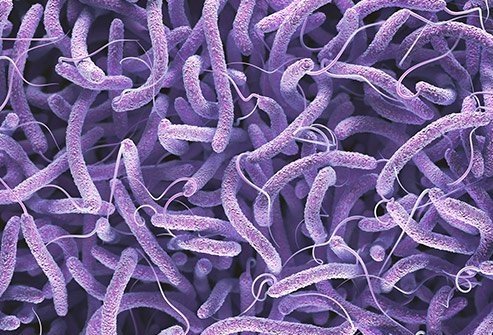 |
| Photo: Medicinenet |
Cholera is an acute diarrhoeal disease caused by V. Cholera (classical or El T). It is now commonly due to the El T or biotype. The majority of infections are mild or symptomatic. Epidemics of cholera are characteristically abrupt and often create an acute public health problem. They have a high potential to spread fast and cause deaths. The epidemic reaches a peak and subsides gradually as the ‘force of infection declines. Often, when time control measures are instituted, the epidemic has already reached its peak and is waning.
| The number of cholera cases reported to WHO has continued to be high over the last few years. During 2017,1 227 391 cases were notified from 34 countries, including 5654 deaths (3). The discrepancy between these figures and the estimated burden of the disease is since many cases are not recorded due to limitations in surveillance systems and fear of impact on trade and tourism, cites WHO. |
9. Brucellosis
 |
| Photo: News Medical |
Brucellosis is one of the major bacterial zoonoses, and in humans is also known as undulent fever, Malta fever or Mediterranean fever. It is occasionally transmitted to humans by direct or indirect contact with infected animals.
The disease may last for several days, months or occasionally, even years. Brucellosis is both a severe human disease and a disease of animals with serious economic consequences. Brucellosis is a recognized public health hazard that is found the world over.
It is endemic wherever cattle, pigs, goats and sheep are raised in large numbers. The important endemic areas for Brucellosis exist in Mediterranean zones, Europe, Central Asia, Mexico and South America. Animal Brucellosis has been reported from practically every state in India.
| Risk factors for brucellosis include consuming unpasteurized milk or cheese, eating poorly cooked or raw meats, or associating with wild animals that may harbor the organisms (hunters, for example). Veterinarians, sheepherders, hunters, and others associated with animal processing and farming are at increased risk, cites medicinenet. |
10. Hookworm Infection
 |
| Photo: CBS News |
Hookworm infection is defined as: ‘any infection caused by Ancylostoma or Necator’. They may occur as single or mixed infections in the same person through various factors, which have to be prevented. Hookworm infection is widely prevalent in India.
Necator americanus is predominant in south India, and Ancylostoms duodenal in north India. Recently, another species, A. ceylanicum has been reported from a village near Calcutta. The heavily infected areas are found in Assam (tea gardens).
| West Bengal, Bihar, Orissa, Andhra Pradesh, Tamil Nadu, Kerala and Maharashtra. More than 200 million people are estimated to be infected in India. It is believed that 60 to 80 percent of the population of certain areas of West Bengal, Uttar Pradesh, Bihar, Orissa, Punjab, and the eastern coast of Tamil Nadu and Andhra Pradesh are infected with hookworms. |



